The health and well-being of people, the environment and animals are closely interconnected; it's possible to promote livestock farming that promotes health
⏱ 4 MINUTES READING
LIVESTOCK FARMING AS SOURCE OF HEALTH
Health is essentially based on the balance between the individual and the environment; feeding animals with quality grass and hay is essential to maintain their health, moreover the products deriving from animals raised on pasture are rich in substances good for people's health. Breeding ruminant herbivores such as cattle, sheep, goats, if the principles and practices of agroecology are followed, can be a source of health for the environment.
For example, manure incorporated into the soil favours the formation of the organic matter and the storage of carbon in the soil. The soil's fertility, in turn, favours the biodiversity and the regeneration of grazing systems. An excess of manure, instead, can pollute the soil, water and air with negative consequences for people's health.
The health of the environment, animals and humans are closely linked, as the One Health approach reminds us (see box on the side). The presence of the veterinarian who implements monitoring and prevention actions is essential as a partner of the farm. A livestock farm can be managed in a way that promotes the health of all the organisms that participate in it, from soil microorganisms, to ruminants, to humans.
RELATIONSHIP BETWEEN PEOPLE AND ANIMALS
The domestication of animals began in the Neolithic and is a process in which a co-evolution of the species involved took place, and therefore changes on a physical and behavioural level. The different species develop forms of interaction and communication while maintaining their own species-specific social models.
Our species, Homo Sapiens, has been living with domestic animals for thousand of years, in a relationship defined as mutual, in which both species have advantages. We receive goods and services, such as food and work, from animals, and we give them care and protection. Taking care of animals is therefore a fundamental element for breeding in order to generate concrete animal wellness.
It's essential to take the time to observe the animals and to relate to them in a patient way, for example by making them move by calling them rather than inducing them to do so through beating. Feeding ourselves is an act that puts us in relation with the animals that give us sustenance. We should reflect about this act, thinking both of the animals that are part of the history of that product, and of the relationships between production processes and the environment, to cultivate awareness regarding our relationship with food.
WELL-BEING IN THE RELATIONSHIP
Relating to animals puts people in a positive mood, the vision of grazing animals gives beauty to landscapes and images rich in cultural and emotional content. This is how, in addition to food production, animals contribute to our well-being. Animals have been recognized as "sentient" beings (Treaty of Lisbon, 2007), therefore they have the right to have a dignified and satisfying life, and men have the duty to take care of them, in a responsible way, guaranteeing contexts of breeding appropriate to their needs.
Well-being is not only based on a well-built stable and a proper nutrition, but also on a balanced relationship between the animals and the people who care for them. A good breeder knows how to interact with his animals effectively, he knows how to make himself understood, how to manage the composition of groups of animals in order to avoid conflicts, and he knows how to carry out effective containment in case of need.
THE ONE HEALTH APPROACH
An integrated and unifying approach that aims at sustainably balancing and optimizing the health of people, animals and ecosystems. The approach recognizes that the health of men, domestic and wild animals, plants and the environment (including ecosystems) are closely interconnected and interdependent.
The approach involves multiple sectors, disciplines and communities at various levels to work together to promote well-being and face threats to health and ecosystems, while dealing with the collective need for clean water, energy and air, safe food and nutrients, take action on climate change and contribute to sustainable development.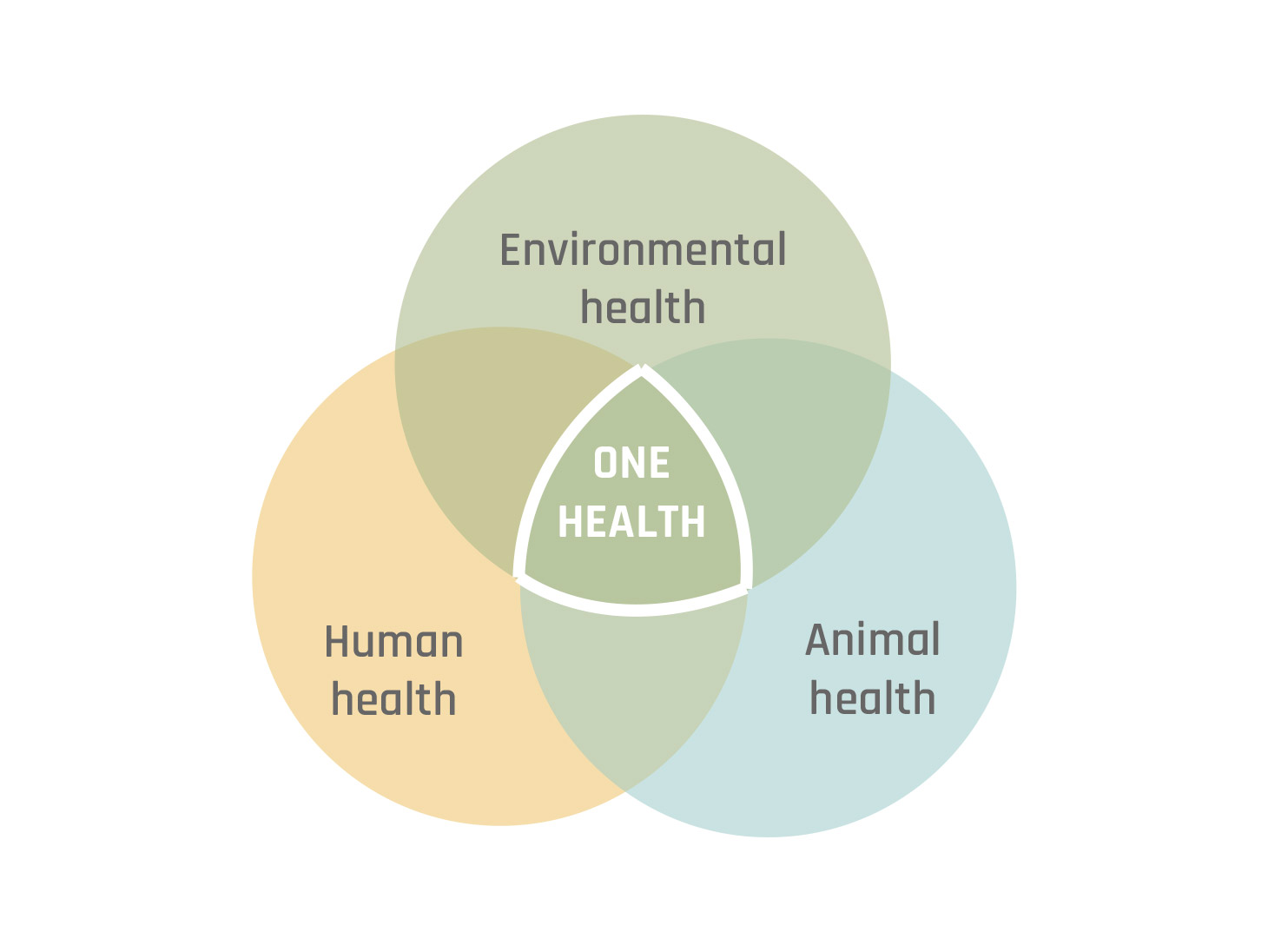 WHAT DOES WELL-BEING MEAN?
WHAT DOES WELL-BEING MEAN?
Human well-being: the WHO defines people's health as "a state of total physical, mental and social well-being" and not simply "the absence of disease or infirmity".
Animal well-being: "A complete state of health, both physical and mental, in which the animal is in harmony with its environment" (Hughes 1976).
THE COMPANIES CAREFUL TOWARD WELL-BEING
MALGA VERDE
Malga Verde raises Frisona and Bruna Alpina cows; the pasture is located on the Asiago plateau, at 1090 m a.s.l., and the animals graze there from June to the end of September. The cows have access to pasture, managed by fences, both at night and during the day, and this is important since, with the high summer temperatures, the coolness of the night facilitates the nutrition of grazing animals. In the dairy farm, cheeses are produced partly with raw milk (all aged cheeses), and partly with thermised milk (treated at 48 degrees).
The company is family run. Maurizio, the father, assisted by some young employees, takes care of the animals; at his whistle the cows return to the stable at the milking times, with the dogs helping by rounding up the herd. The cows are quite long-lived, this aspect indicates animal wellness. Frisona breed cows are not very rustic, however they adapt well to the environment of the plateau as there are no excessive slopes.
The animals, in addition to the grass of the pastures, feed on hay produced by the company and a supplementary ration distributed at the milking time. The drought that is characterizing this summer makes it difficult to regrow pasture grass and therefore the need for food supplementation is greater. 27 hectares of the company are dedicated to the production of hay, in meadows rich in biodiversity.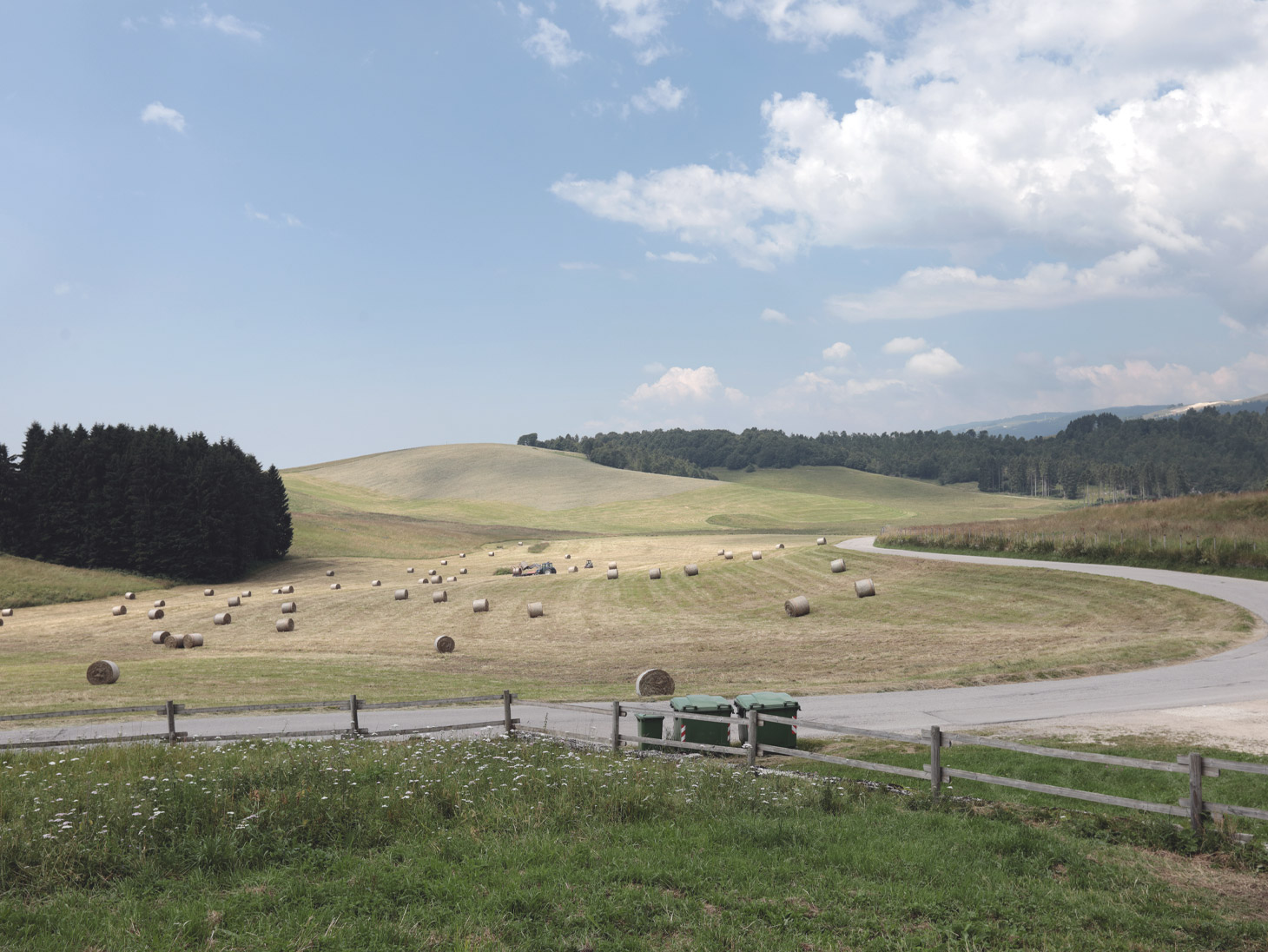
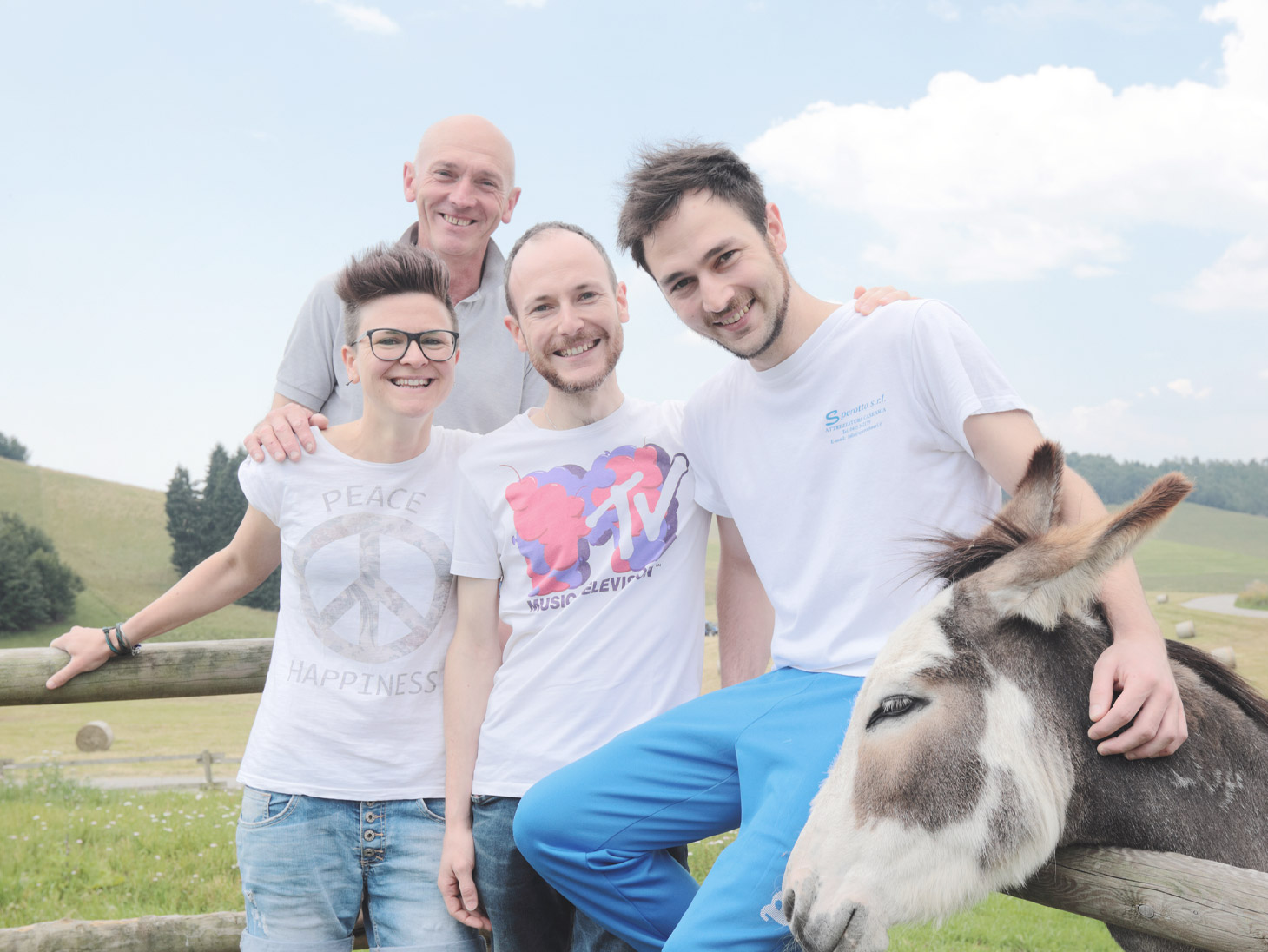 CASEIFICIO CATINACCIO
CASEIFICIO CATINACCIO
Caseificio Catinaccio is located in Vigo di Fassa, at 1600 m a.s.l., and it raises cows of the Pezzata Rossa breed producing cheese mainly with raw milk.
38 hectares of mountain meadows, ranging from 1350 to 1800 meters a.s.l., are cut producing quality hay pre-dried in the field and finished drying in the hayloft above the stable, according to a traditional local method. Calves, heifers and dry cows graze in the summer season, while lactating cows live in the barn. The cows always have hay available and fresh grass in the manger in the months of June and July.
They also receive a supplement based on feed which is administered by self-feeders: thanks to this, each cow is recognized by the system and therefore receives a personalized ration, based on the needs of the moment, distributed several times a day, facilitating the correct ruminal functioning.
The company has a milking robot so the cows can be milked by reaching the machine according to their needs: this prevents mastitis and the stress associated with waiting for milking. They rest on bunks with mattresses and straw. Filippo, the breeder, knows all the cows by name, and takes care of them by checking if they are well, if they rest and if they eat. Using the milking robot allows the farmer to have more time to devote to the observation of his animals.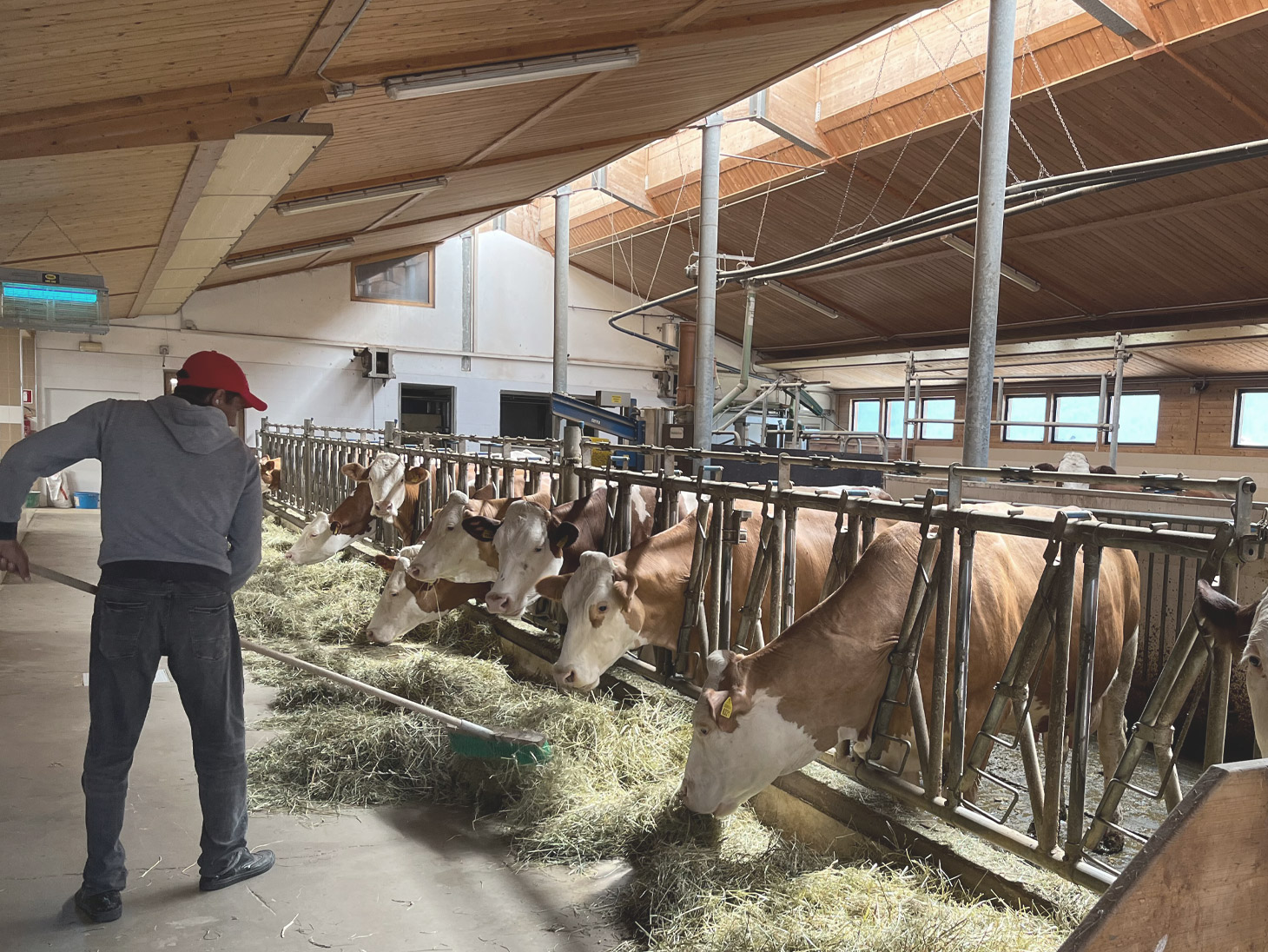
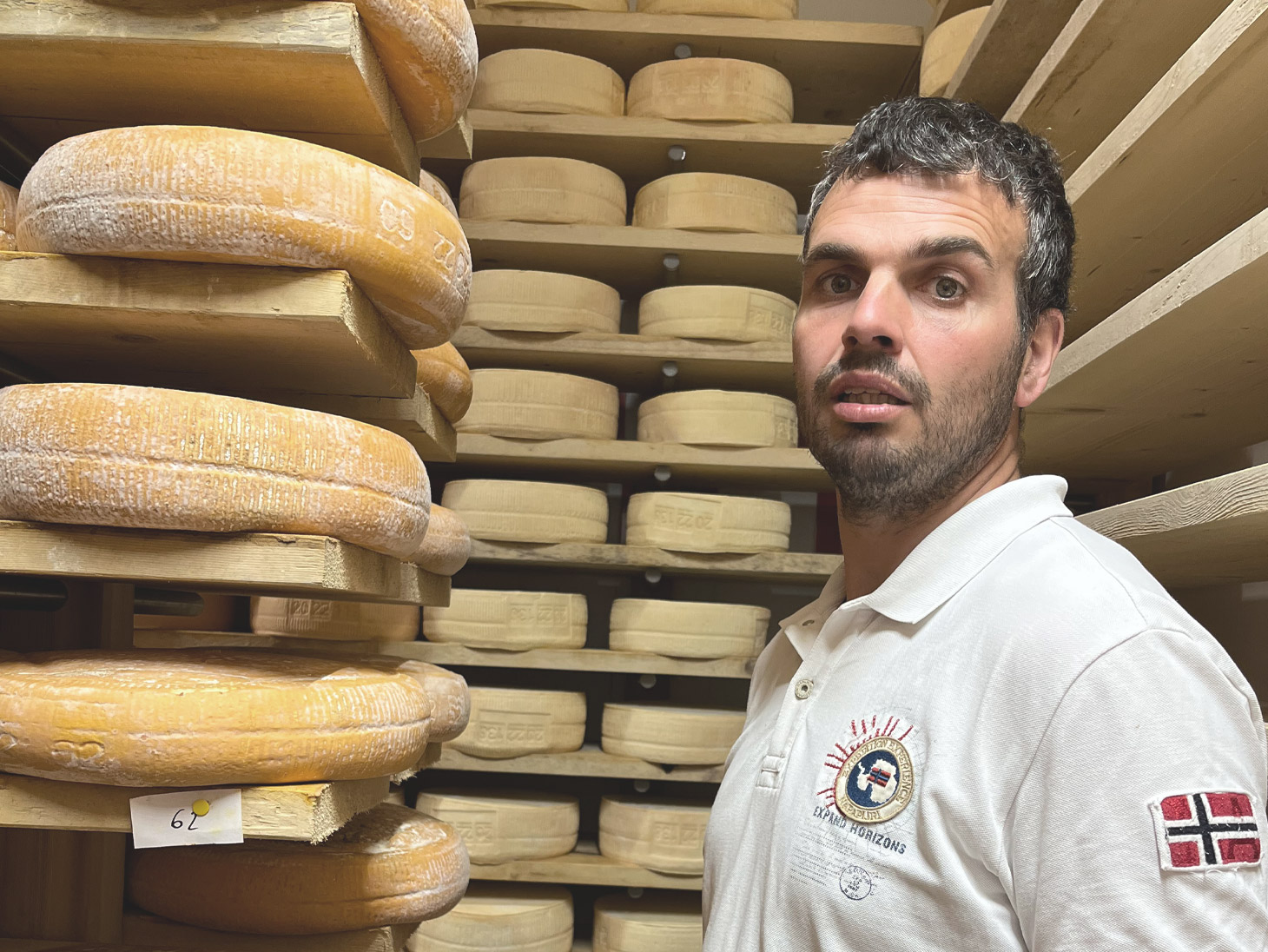
Francesca Pisseri
Veterinary Zootechnics Consultant



